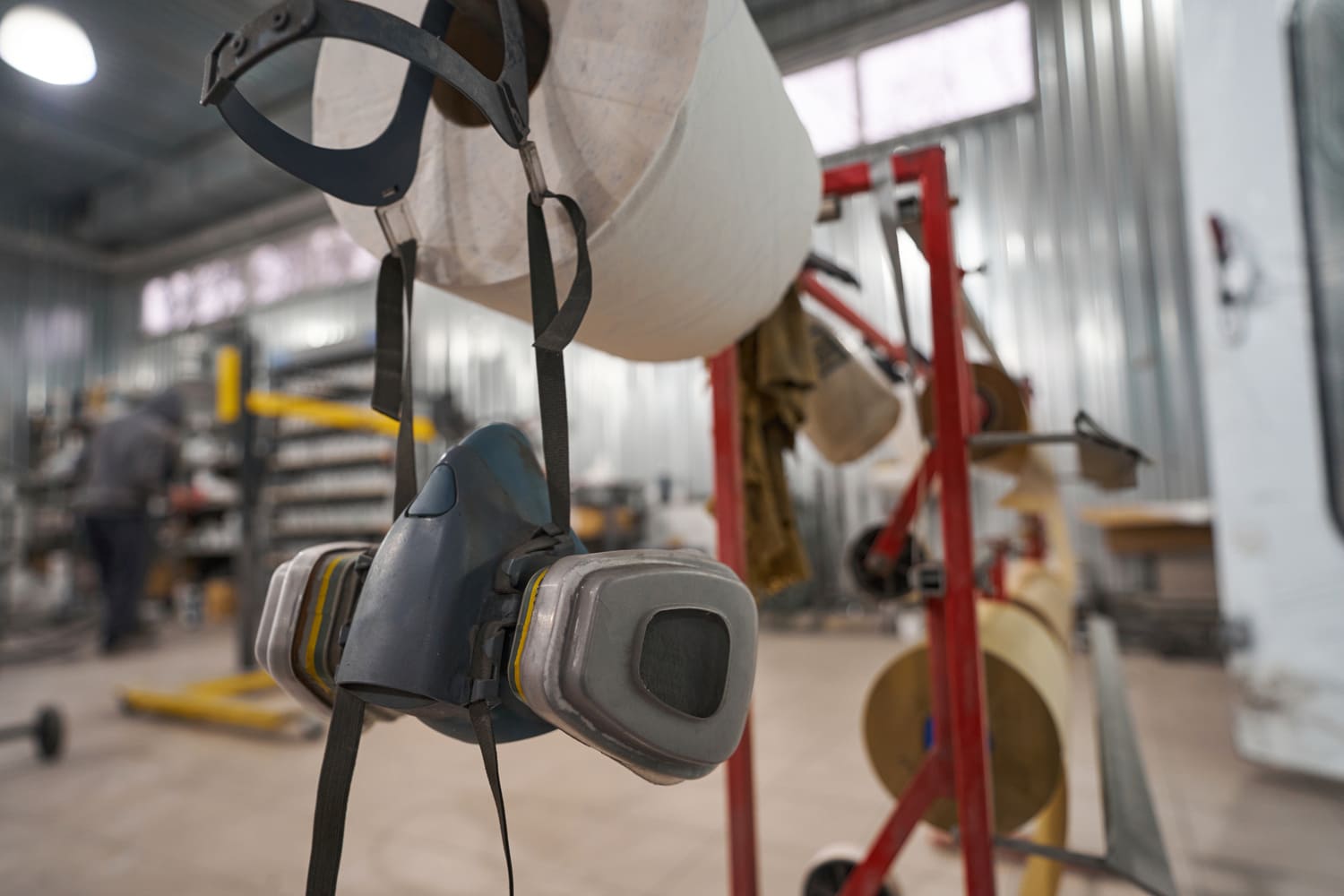The quality of compressed air in the food & beverage industry
Compressed air is one of the safest and most reliable technologies used by many companies across...
Compressed air systems are safe and reliable solutions widely used in production facilities. Adhering to standards for breathable air or medical use is essential for efficient and quality distribution.
On-site production of compressed air is quite straightforward, produced using a compressor located in the technical compartment. It's important to note that compressed air, before being treated, contains contaminant particles that need to be removed. In pneumatic plants and systems, these elements are the cause of quality-related issues.
In the healthcare sector, compressed air is used for many applications, with breathable air being the most delicate destination. Examples include anesthesia, home oxygen therapy, lung ventilation, intensive care, and nebulizers.
Contaminants found in the compressor include carbon monoxide, carbon dioxide, atmospheric impurities, water vapors, scale, and condensation water. The percentage of impurity particles per cubic meter of air is quite high but cannot be retained by the compressor's intake filters.
In the medical industry, where sterile environments prevail, process air comes into direct contact with sensitive subjects. Compressed air is predominantly used for the operation and drying of machines and is subjected to strict treatments before its use. International standards for the purity of compressed air are set by ISO 8573-1:2010, which specifies conformity classes. The air production plant must meet the required standards to ensure the entire process is valid for distribution.
Breathable compressed air must comply with local legislation and consider the maximum levels of permissible contamination.
These references are indicated in EN 12021, and recommendations for selection, care, and maintenance are contained in EN 529.
It is crucial to verify the compliance of all respiratory protective devices (RPDs) at intervals not exceeding one month. This involves using only approved devices and strict control by employers in health and safety management.

But where is breathable air used? In which applications and industrial sectors? Final applications include tank cleaning, spray painting, asbestos removal, shot blasting, demolition, tunneling, and welding. The involved sectors are agriculture, aviation, chemical, construction, food and beverage production, iron, steel, and gas production.
Other application areas include the maritime, naval, mining, nuclear, oil and gas production, and water treatment sectors. The supply of breathable air is especially present in hospitals, intended for mechanical ventilation and anesthesia, often also for the administration of drugs via nebulizer or for drying medical devices. Surgical instruments are also operated and dried with compressed air, as well as medical device testing and sterilizers.
Contaminants must necessarily be isolated using purifiers that can offer a solid degree of purification. The use of pre and post filters makes processes safer, accompanied by pressure regulators for easier application. Companies operating in the Healthcare sectors should equip themselves with complete medical solutions, such as vacuum systems, oxygen generators, and gas cylinders in a mechanical chamber.
Priver relies on a wide range of purifiers and dryers for breathable air, exploiting the most modern technologies for high-quality distribution. In collaboration with our partners Parker Hannifin, we aim only for excellence and contaminant-free results, to offer optimal execution and real support for the needs of industrial companies.
Compressed air is one of the safest and most reliable technologies used by many companies across...
Chemical science is closely connected to the study of the properties and transformations of raw...
An important contribution to the decarbonisation process can be the use of biogas as a renewable...